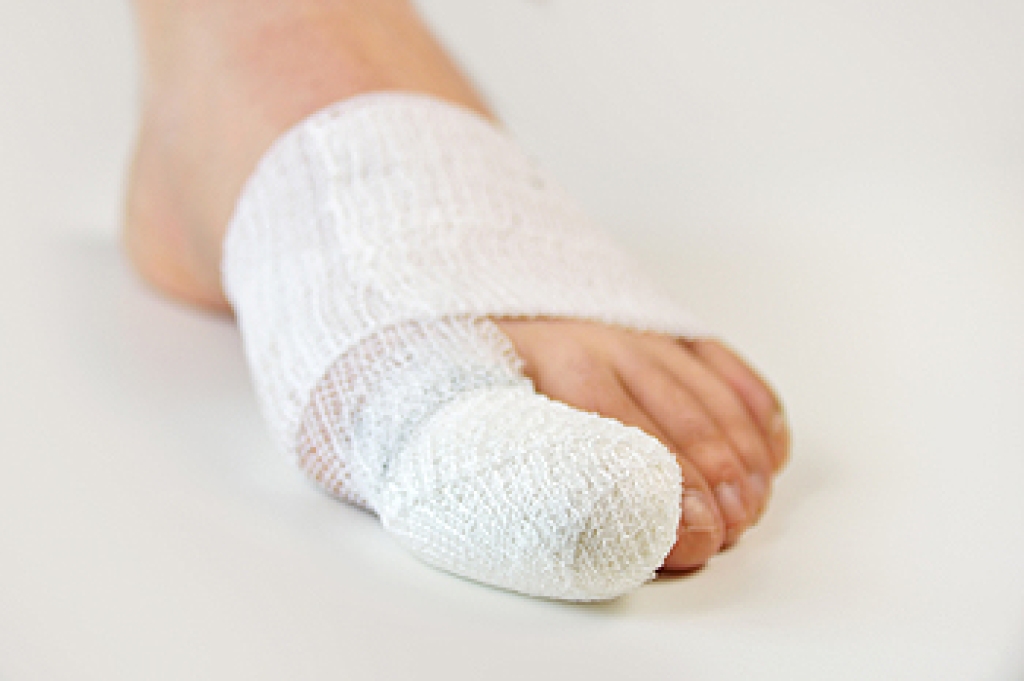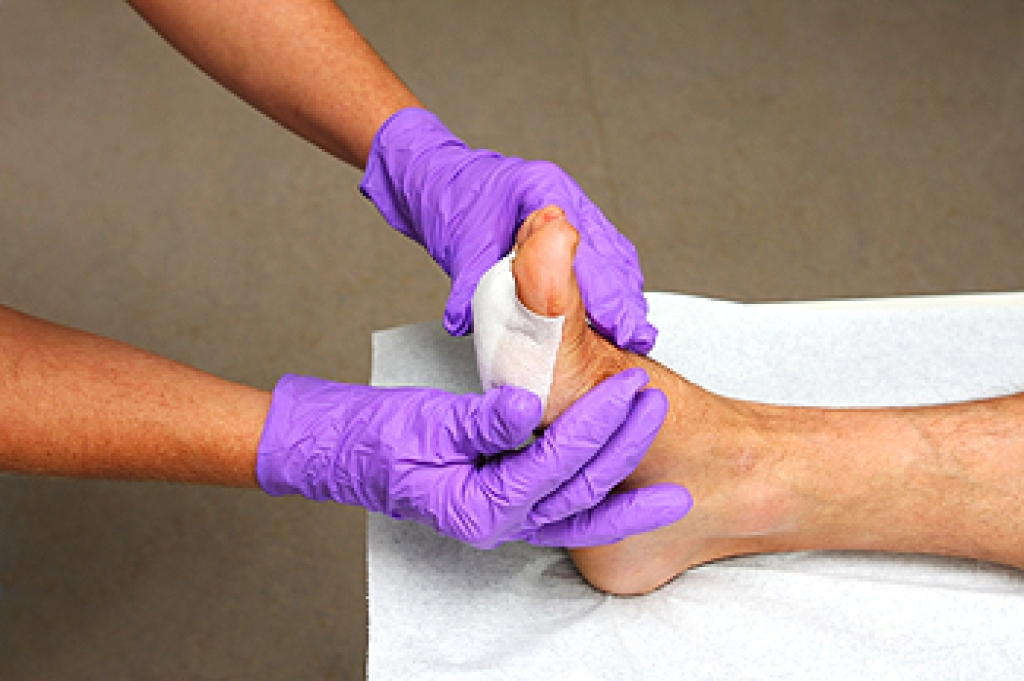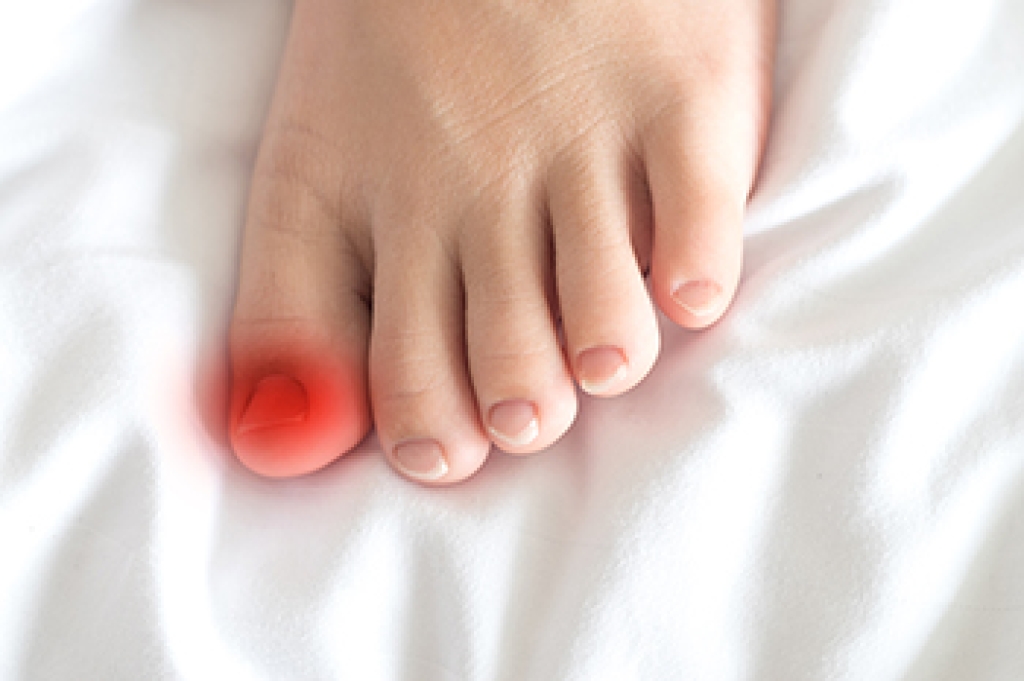
Running on a treadmill offers both benefits and drawbacks when it comes to the health of your feet. A treadmill provides a predictable surface, which can reduce the risk of tripping on uneven ground. It also may lessen impact on the ankles and toes compared to running on harder outdoor surfaces. The consistent motion of the belt can also help runners refine cadence, allowing shorter strides that place less strain on the feet and lower legs. However, treadmill running does not engage all of the stabilizing muscles around the feet and ankles in the same way as outdoor running, which may reduce strength in those areas over time. The repetitive motion can also place added pressure on the balls of the feet, leading to soreness or stress injuries. A podiatrist can assess running style, provide guidance on footwear, and recommend treatment if injuries develop. If you experience foot pain after running, it is suggested that you make an appointment with a podiatrist for an exam, diagnosis, and treatment.
Exercising your feet regularly with the proper foot wear is a great way to prevent injuries. If you have any concerns about your feet, contact Mindy J. Trotter, DPM, CWSP of Georgia. Our doctor will treat your foot and ankle needs.
How to Prevent Running Injuries
Many common running injuries are caused by overuse and overtraining. When the back of the kneecap starts wearing out and starts causing pain in your knee, this is commonly referred to as runner’s knee. Runner’s knee is a decrease in strength in your quadriceps and can occur if you’re not wearing properly fitted or supporting shoes. To prevent runner’s knee, focusing on hip strengthening is a good idea, as well as strengthening your quads to keep the kneecaps aligned.
What Are Some Causes of Running Injuries?
- One cause of a common running injury is called iliotibial band syndrome.
- Plantar fasciitis is also another common injury.
- Stress fractures can occur from overtraining, lack of calcium, or even your running style.
Best Ways to Prevent Running Injuries
- Wear footwear that fits properly and suits your running needs.
- Running shoes are the only protective gear that runners have to safeguard them from injury.
- Make a training schedule. Adding strengthening exercises as well as regular stretching can help keep you strong and limber and can lessen the possibility of injuries.
- Stretching keeps muscles limber; this will help you gain better flexibility.
If you have any questions, please feel free to contact our office located in Peachtree City, GA . We offer the newest diagnostic and treatment technologies for all your foot care needs.




